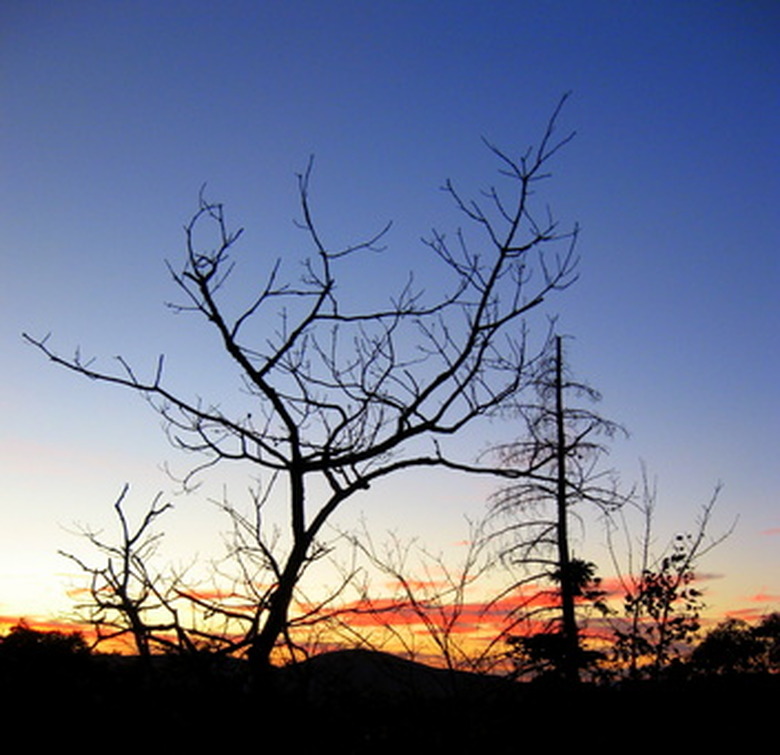Life Cycle Of A Heterosporous Plant
Heterospory refers to an adaptation seen in later-evolved plants–all seed plants and some ferns–in which spores develop in two different sizes and complete separate reproductive functions. Heterospory represents a drastic change from homospory in how plants complete their life cycle and achieve reproductive success, producing fertile offspring that grow to produce their own offspring.
Alternation of Generations
Essential to understanding the life cycle of a plant is the concept of alternation of generations. One of the defining traits of plants is that a single adult plant exists in two separate states, called generations, with differing purposes. The sporophyte generation contains a full set of chromosomes in each cell and produces spores. From the spores, the gametophyte generation forms. This generation contains only half the number of chromosomes in each cell and produces the plant's sex cells.
- Heterospory refers to an adaptation seen in later-evolved plants–all seed plants and some ferns–in which spores develop in two different sizes and complete separate reproductive functions.
- Heterospory represents a drastic change from homospory in how plants complete their life cycle and achieve reproductive success, producing fertile offspring that grow to produce their own offspring.
History
Early in the history of plants, they produced only a single, small type of spore. Called homospory, this trait required plants to produce large numbers of spores, banking on the hope that one of them would survive to produce the gametophyte generation, during which sexual reproduction would occur, and offspring would grow. According to the San Francisco State University Biology Department, heterospory separated the sexes earlier in the plant's life cycle, resulting in a more productive division of labor and greater likelihood of reproductive success.
Sporangium Growth
When you look at a dandelion or an oak tree, you are observing the sporophyte generation. The life cycle of a heterosporous plant begins with the development of the sporophyte generation from a seed. The sporophyte generation produces two types of structures called sporangia. Microsporangia are male structures and will eventually produce sperm. Megasporangia are female structures that will produce eggs.
- Early in the history of plants, they produced only a single, small type of spore.
- The life cycle of a heterosporous plant begins with the development of the sporophyte generation from a seed.
Sperm and Egg
Within the microsporangia and megasporangia, the plant produces two types of spores, microspores and megaspores, respectively. Microspores are small; according to the University of Hawaii at Manoa Botany Department, they are the size of homospores found on more primitive plants. Megaspores are large. Through a process called meiosis, these divide to form sperm from the microspores and egg cells from the megaspores. This is the gametophyte generation, so all cells have only half the number of chromosomes.
Seeds
In most heterosporous plants, sperm is carried in the form of pollen. When it lands on the female structures of another plant, sexual reproduction occurs, forming a seed. Heterospory allows additional advantages to plants here as well. Because the female megaspores are so large, they contain nutritive substances that support the life of the developing embryo, meaning that heterosporous plants have a higher rate of reproductive success than their predecessors. As the seedling feeds on the seed contents, it grows and develops into the next sporophyte generation, beginning its own life cycle.
- Within the microsporangia and megasporangia, the plant produces two types of spores, microspores and megaspores, respectively.
- Microspores are small; according to the University of Hawaii at Manoa Botany Department, they are the size of homospores found on more primitive plants.
